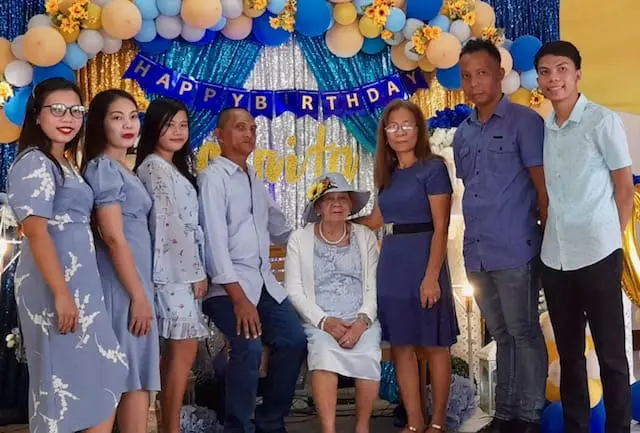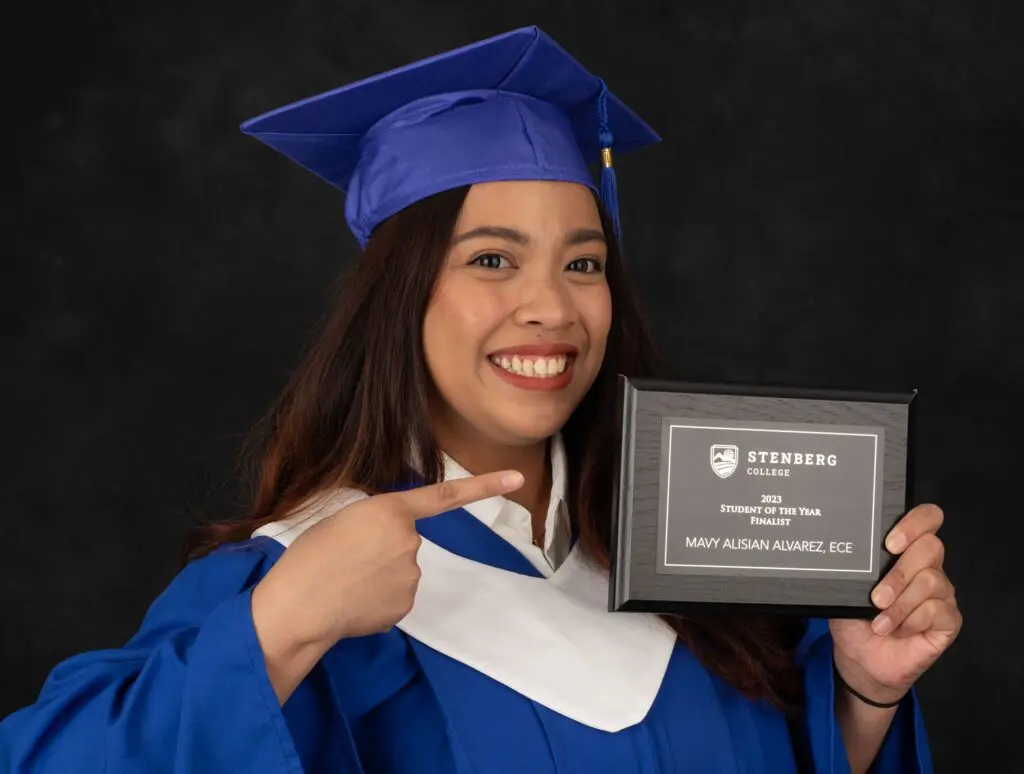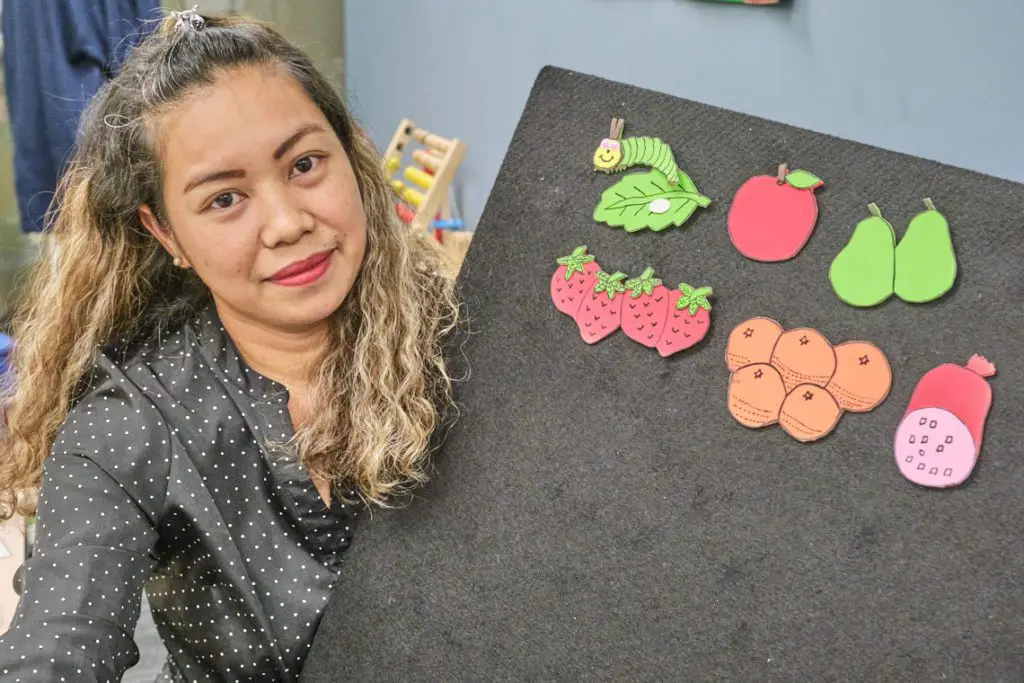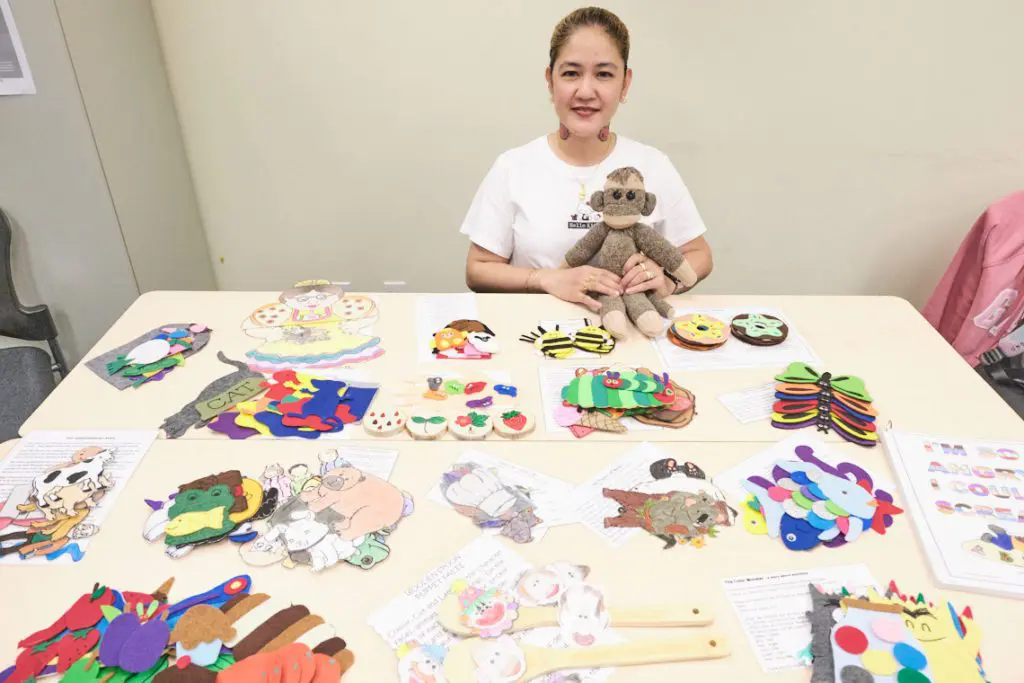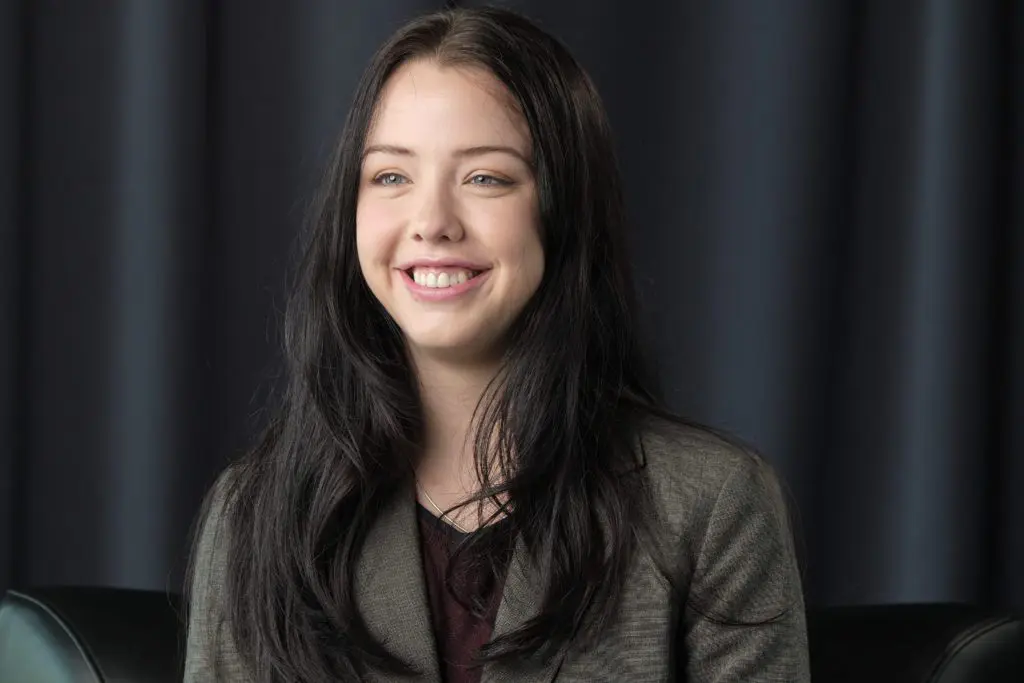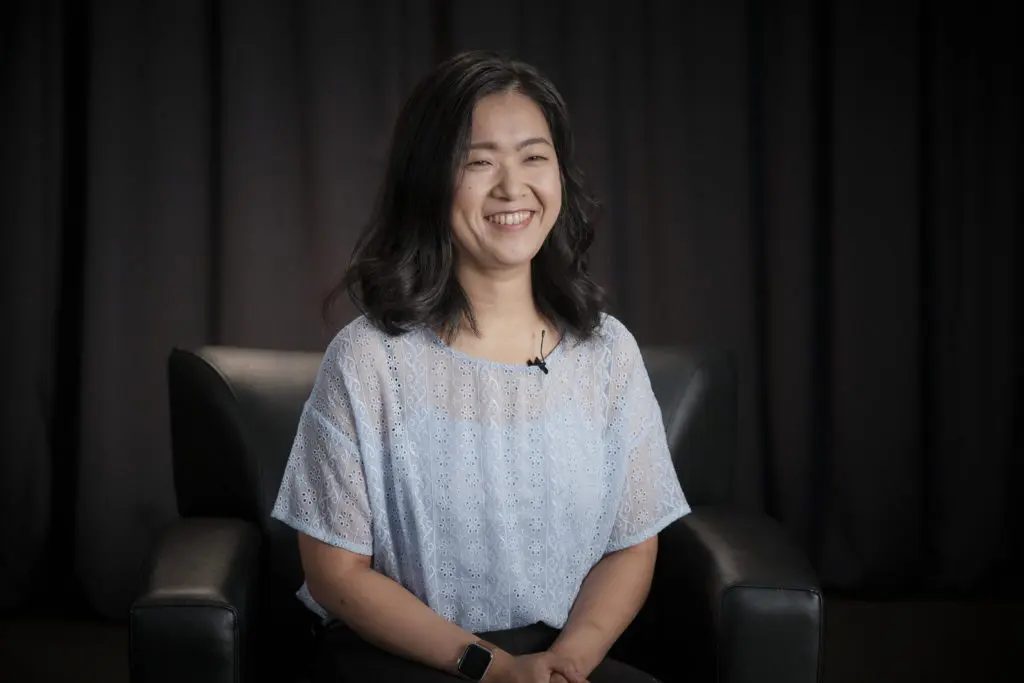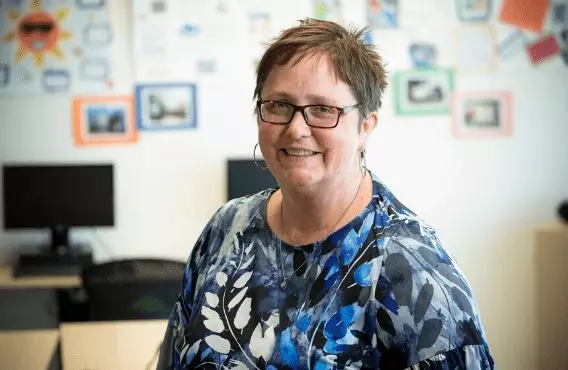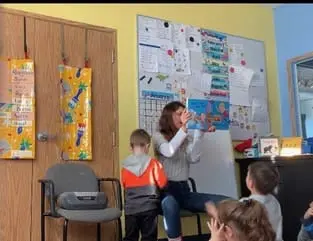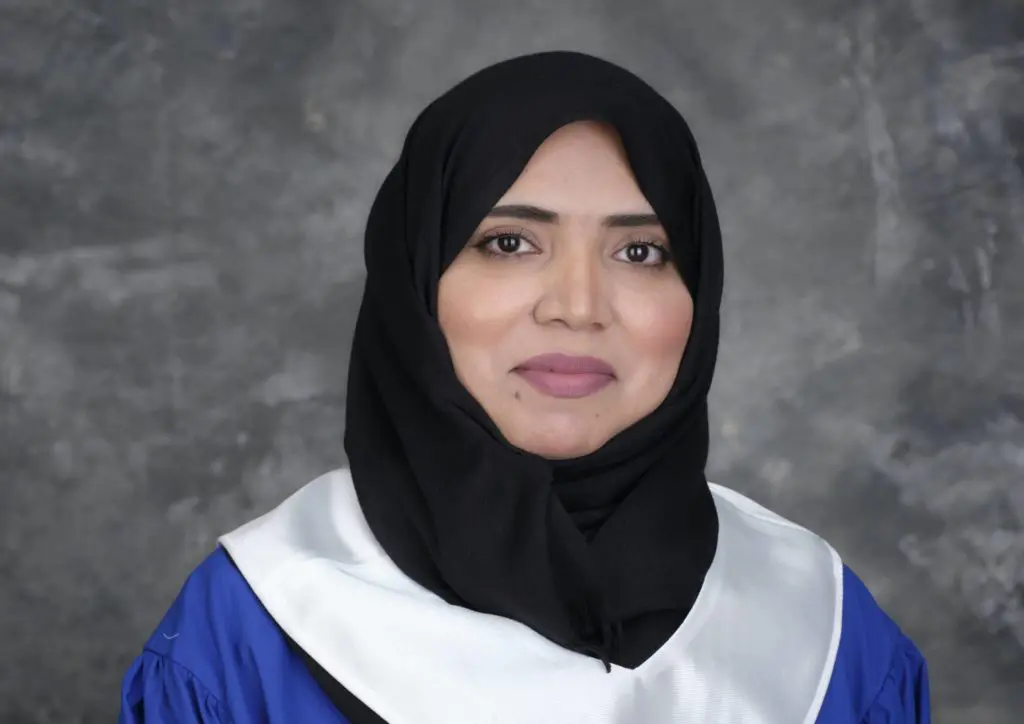Early childhood educators know just how important play is for young learners. Play provides hands on learning and gives kids the chance to build important skills like:
- Hand-eye coordination
- Creativity
- Problem solving skills
- Language skills
- Math skills
- Spatial awareness
Of course, picking the right toys plays a big part in promoting active learning. For graduates of early childhood education programs, the ability to pick the perfect toys for early learning is almost second nature.
If you’re thinking about, or are currently studying early childhood education, here are a few tips and tricks to help you know which toys are the best for young kids.
Practical Considerations for Early Childhood Educators
As an early childhood educator, you might be responsible for buying the toys for an entire daycare. While it would be wonderful to have an unlimited budget, realistically that might not be the case. That means that you’ll want to choose affordable toys that are durable enough to last a long time. Toys without batteries also require less upkeep and are safer for young children. Another practical point to keep in mind is how easy it is to clean a toy so that germs and dirt don’t stay trapped in hard-to-reach areas.
Early childhood educators also want toys to be safe. Toxic paint, sharp corners, and small pieces that can be swallowed are all red flags to watch out for.
Choose Different Toys for Different Learners
As students will learn in their early childhood education courses, there are different kinds of intelligence. Some children learn best through stories, others through song, while some children learn best through touch.
Because children learn differently, you’ll want to make sure that you include toys that help all young learners, so that each child gets to develop and learn about their world in the way that works best for them.
The different learning styles are:
- Verbal
- Aural
- Visual
- Logical
- Physical
- Solitary
- Social
Because of these different learning styles, professionals with an early childhood education diploma must make sure that each child has toys that work with their learning style. For example, toy blocks help physical learners. Logical children also benefit from the way they can use blocks to experiment with patterns, learn about fractions, and test out their problem solving skills.
Rattles, rain sticks, and instruments like xylophones and tambourines are terrific for auditory learners. Visual learners, on the other hand, love toys like chalkboards, etch-a-sketch, and puzzles.
Early Childhood Educators Promote Inclusion and Cultural Sensitivity
Toys are great for teaching kids fine and gross motor skills, but they also teach children about diversity. As British Columbia is the most multicultural province in Canada, early childhood education training in BC ensures that graduates know how include diversity in the toys and materials they use in their daycare programs.
Crayons that reflect the different skin tones of our population, and dolls from different cultural backgrounds help all kids feel included. Early childhood educators can also include props for dress up that are culturally sensitive.
What other toys do you think early childhood educators can use to help early learners develop into the leaders of tomorrow?


